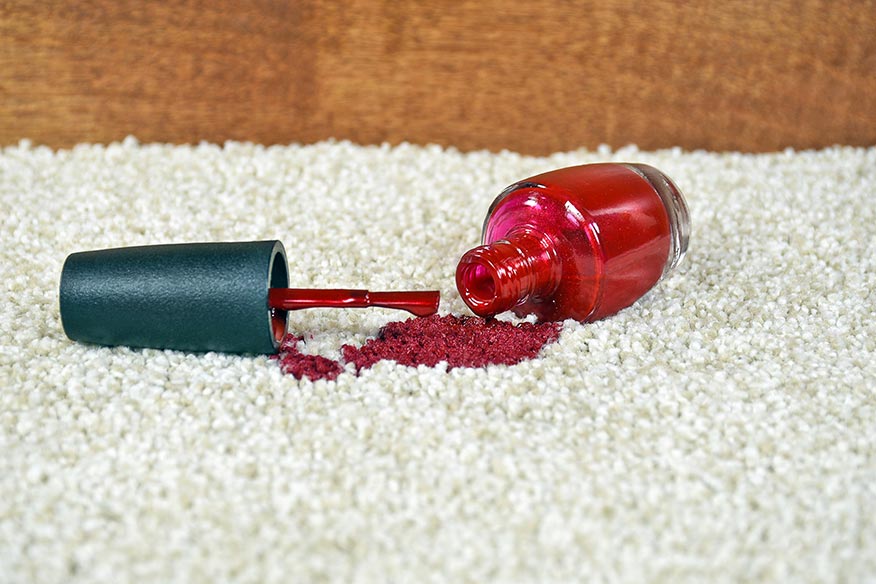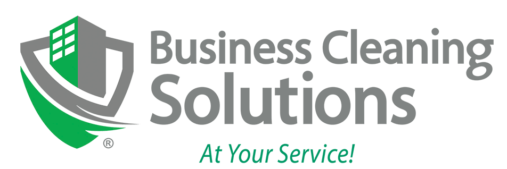Solvents are a widely used cleaning agent that chemically dissolve tough contaminants such as dirt, oil, grease, paint and other residues. Some are quite aggressive and can emit noxious fumes, which is why they can be intimidating. Choosing the right one can make your cleaning job much easier, while using the wrong one can actually damage the material being cleaned. In this article we’ll help you understand which solvent is best for the job.
Picture this: your 4-year-old rams his Little Tykes Car into the coffee table and knocks over Grandma’s vermilion red nail polish. It’s splattered onto the carpet and resembles a crime scene from CSI. After cursing the decision to buy beige carpeting in the first place, you realize that your all-purpose cleaner won’t cut it- you need the right solvent to tackle this head on. The appropriate solvent depends upon two primary factors: the type of substance being removed, and the type of material being cleaned. Let’s dive in.

Some Brief Science
The process of dissolving with solvents occurs when the solute particles (substance being dissolved such as grandma’s nail polish) interacts with the solvent particles (a solvent such as acetone). The solvent molecules surround the solute particles and break them apart. This intermolecular process is called solvation or dissolution. Got it? Good. Now let’s get onto the good stuff.
Surface Cleaning with Solvents: the Basics
Solvents can be applied directly onto surfaces with a spray bottle and a clean microfiber cloth. In some cases cotton balls, paper towels or clean sponges can be used. Dilution isn’t necessary. After applying the solvent to the surface, let the product dwell, or sit for a short time. The solvent needs time to work its dissolving magic.
Afterward, simply wipe it away. Most solvents will dry or evaporate naturally, with little to no residue remaining. Sometimes a follow up wipe down with a wet sponge or paper towel is all that’s needed.
Degreasing with Solvents
Solvents with strong dissolving properties are used to remove heavy grease and oil. Examples include acetone or mineral spirits.
Paint and Ink Removal with Solvents
Paint thinners or lacquer removers are commonly used to dissolve and remove paint from surfaces. These solvents break down the chemical bonds of the paint or ink, making it easier to remove. They’re often applied with a cloth or brush. Sometimes some elbow grease and scrubbing or scrapping with a palette knife is needed for thorough removal.
List of Common Solvents:
- Turpentine: removes oil or alkyd based paints. Highly odorous.
- Mineral spirits: a substitute for turpentine, only less odorous. Turpentine and mineral spirits are also great brush cleaners. They can even remove hardened paint.
- Naphtha: similar to mineral spirits, but with greater volatility. It’s more powerful and will even dissolve glue. It’s chiefly used as a paint thinner or a cleaning agent.
- Alcohol: is sold in many forms: isopropyl, methyl, wood, ethyl and denatured alcohol. Isopropyl alcohol is the familiar rubbing alcohol and is formulated for external medicinal use. It is also useful for removing resinous stains on clothing.
- Denatured alcohol: is used for thinning shellac and cleaning brushes used to apply shellac.
- Acetone and lacquer thinner are useful for removing paint and varnish stains on clothing made of natural fibers (wool, cotton, etc.) but they will soften and dissolve many plastics and some synthetic fabrics. Do not use a nylon brush for applying these solvents because the acetone may attack the bristles.
Safety
Always follow the manufacturer’s guidelines when using any solvent product. This includes working in a well-ventilated area. Wear personal protective equipment such as gloves, goggles or masks. Follow the instructions on handling and disposal.
Solvents can solve a lot of problems, but they can create new ones too. They can pose risks to your health and the environment. Some solvents are toxic, flammable, or volatile. Their improper use or disposal can lead to environmental pollution or other hazards. Property safety precautions should be taken at all times.
The carpet conundrum solved
Back to Grandma, whose peaceful night of babysitting suddenly took a turn for the worst with the nail polish incident. Rubbing alcohol is the best way to remove it from the carpet. Now, armed with education, you’ll be ready for the next high-speed collision that sends something like red wine cascading onto the Lazy Boy recliner. Do you have questions on how to clean with solvents and their appropriate use? Contact us at Business Cleaning Solutions today.


